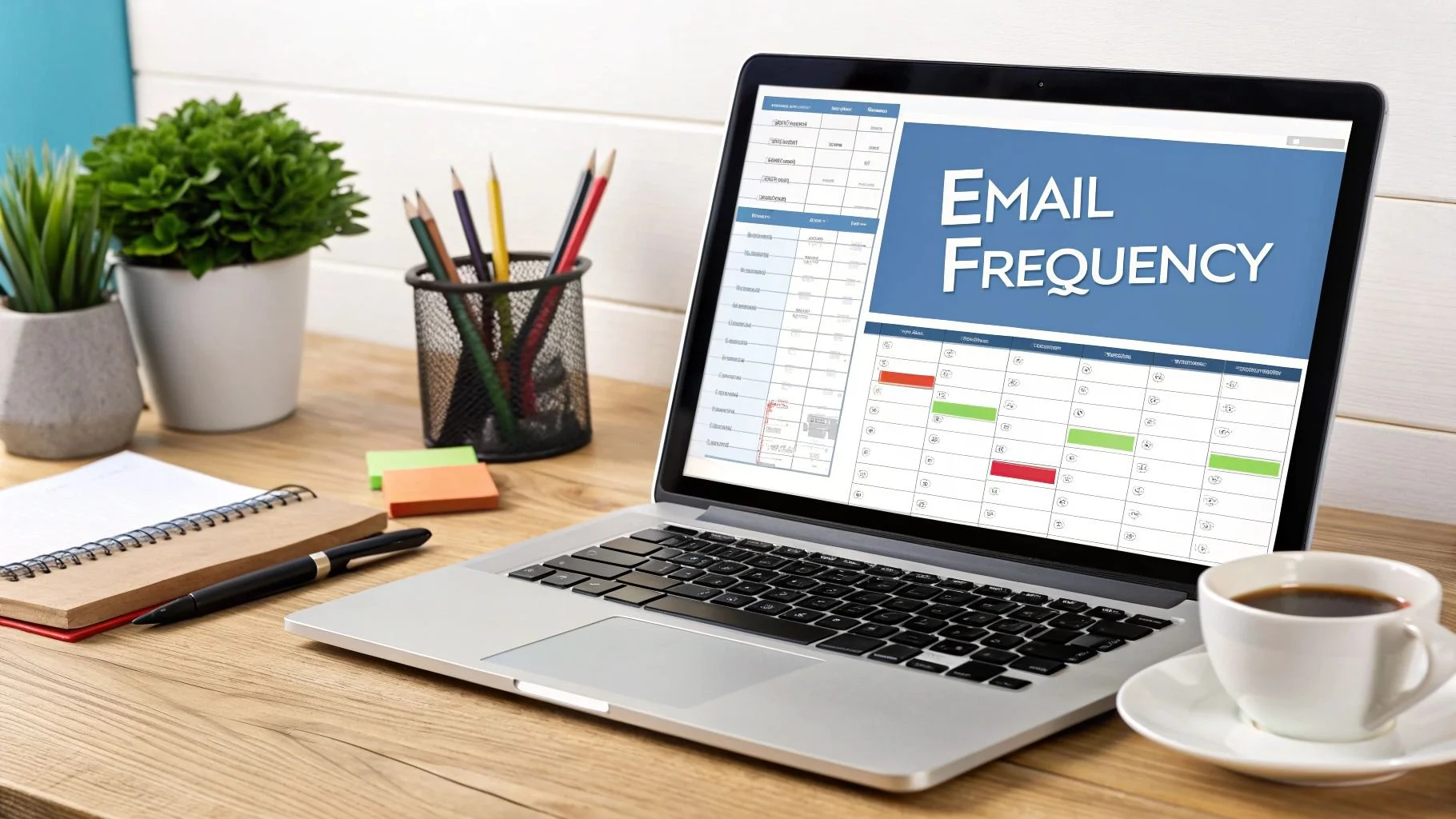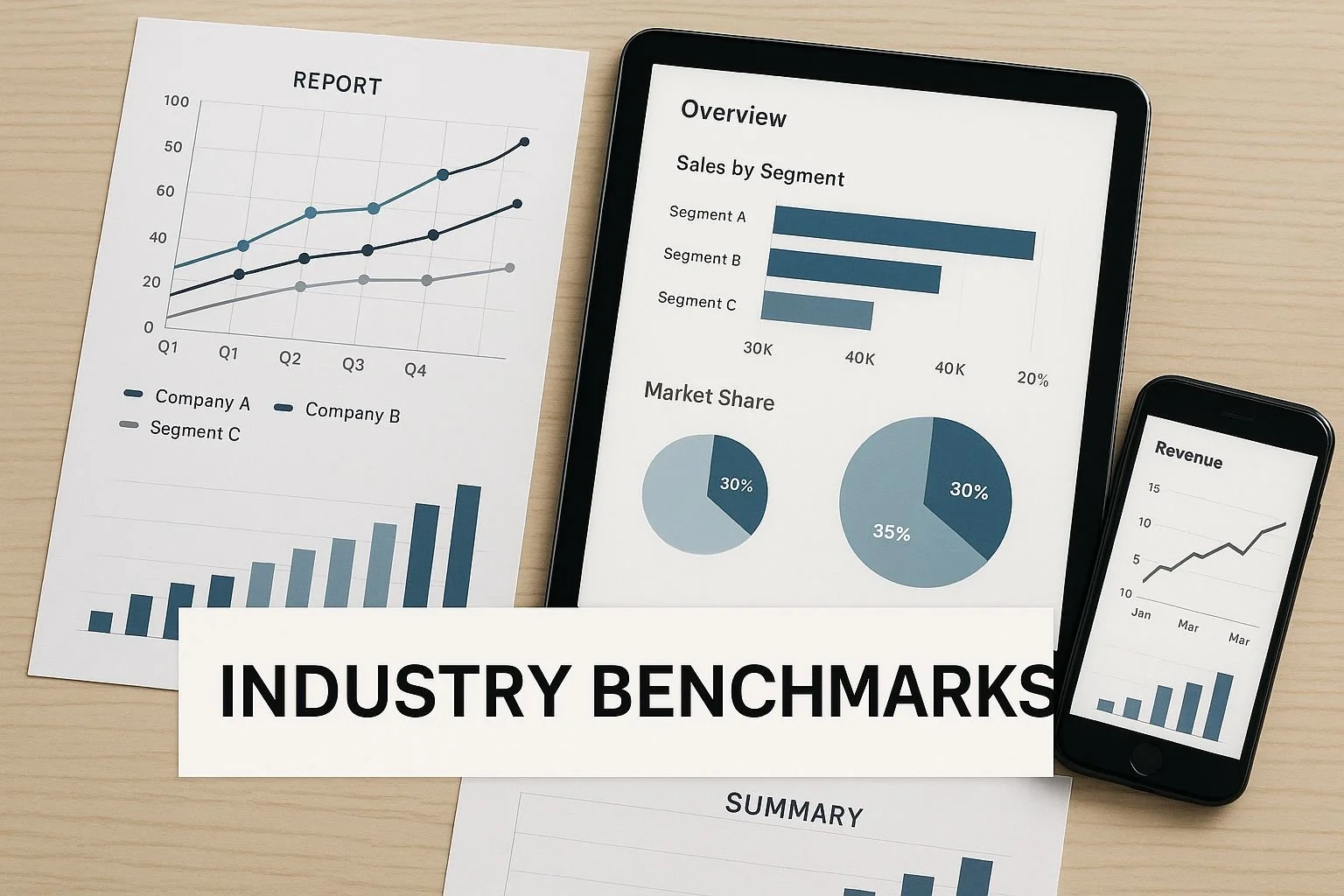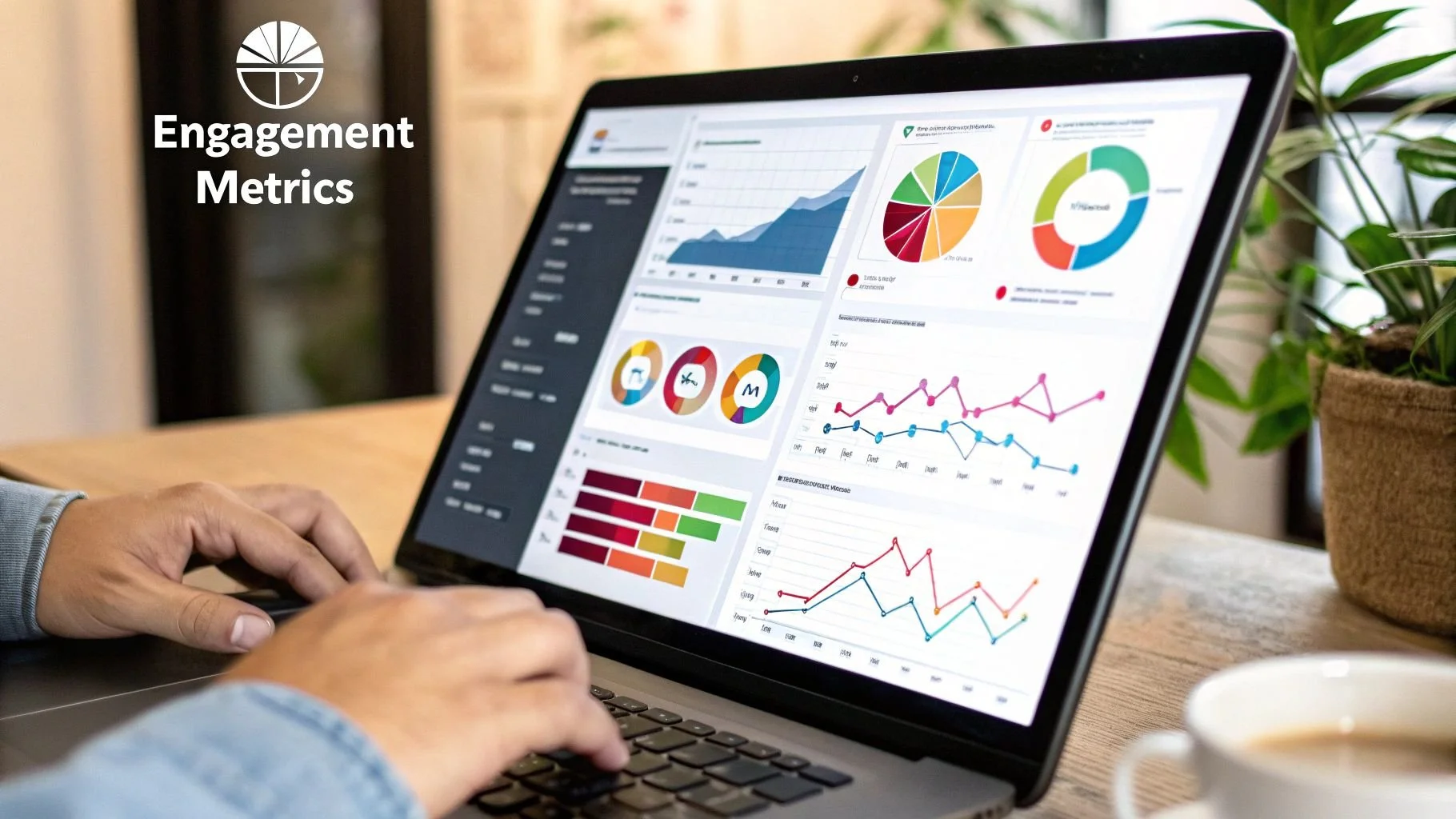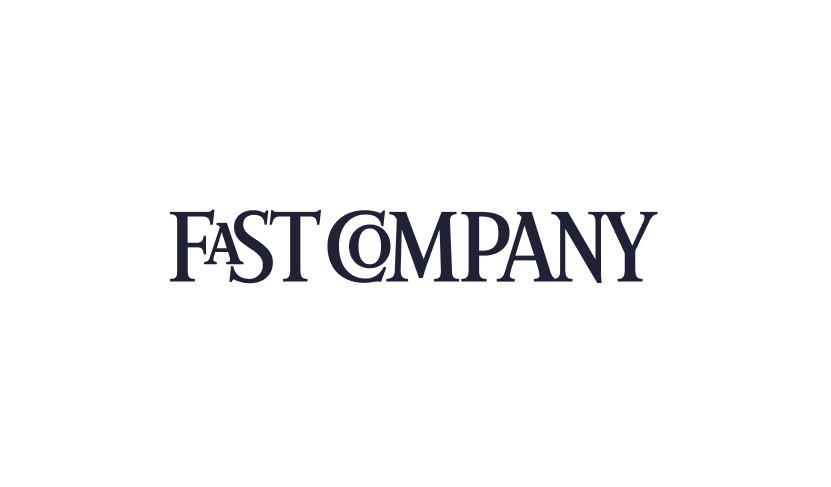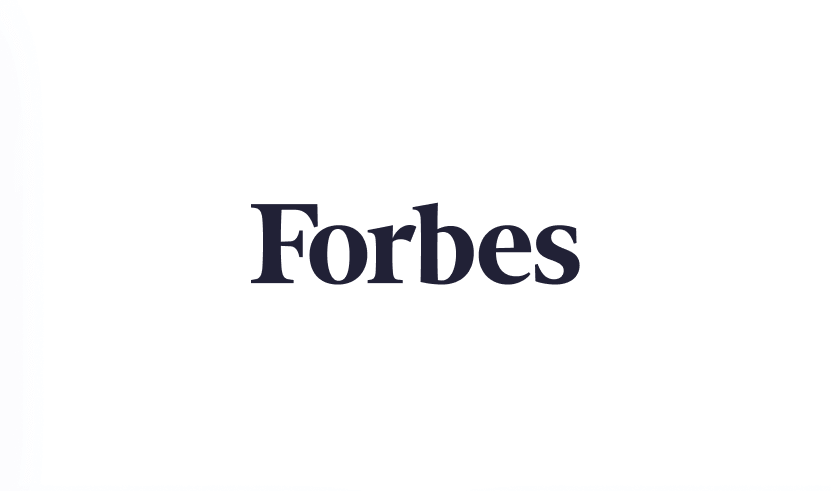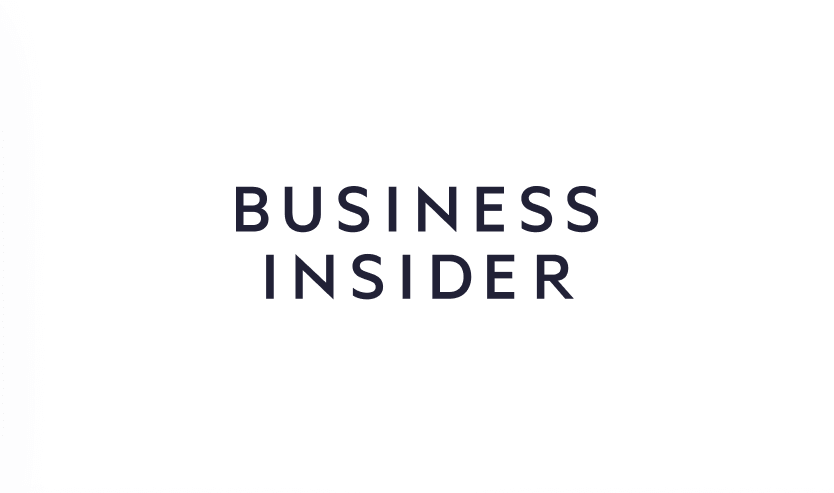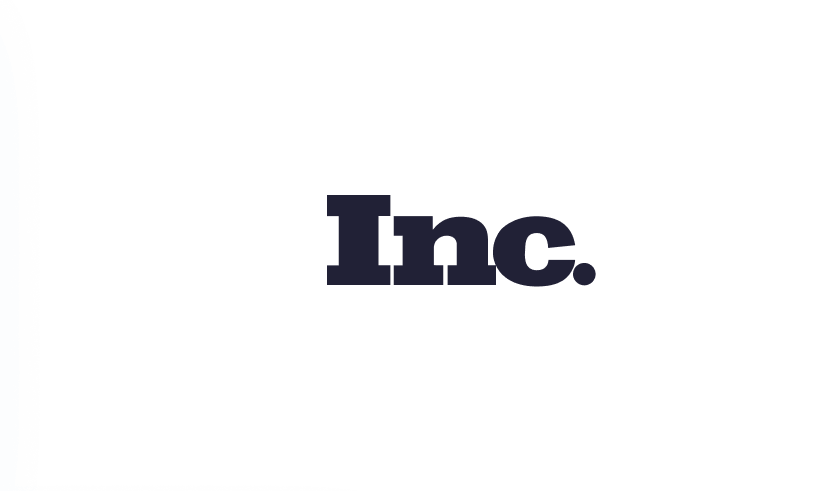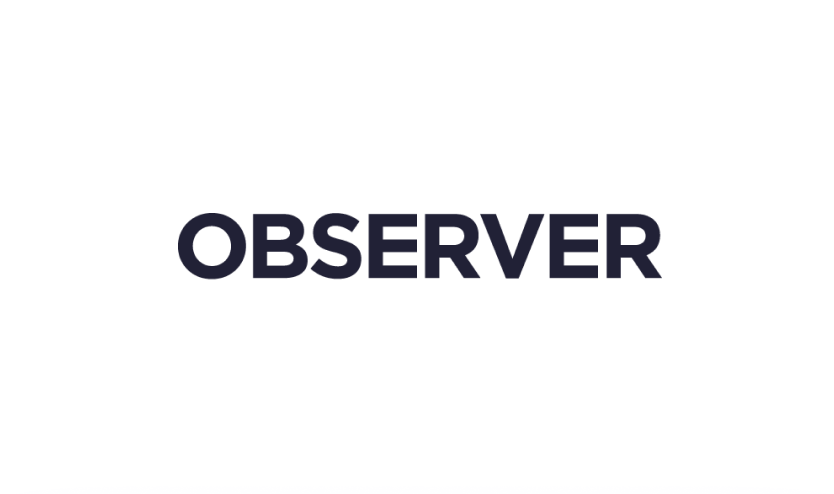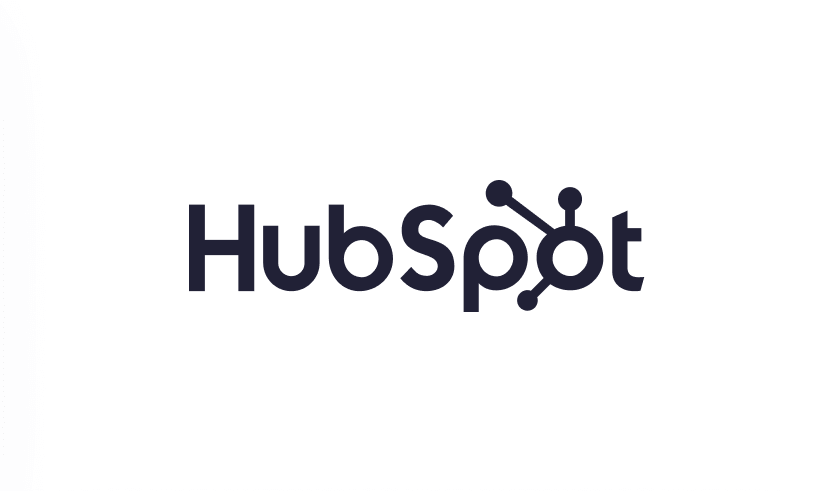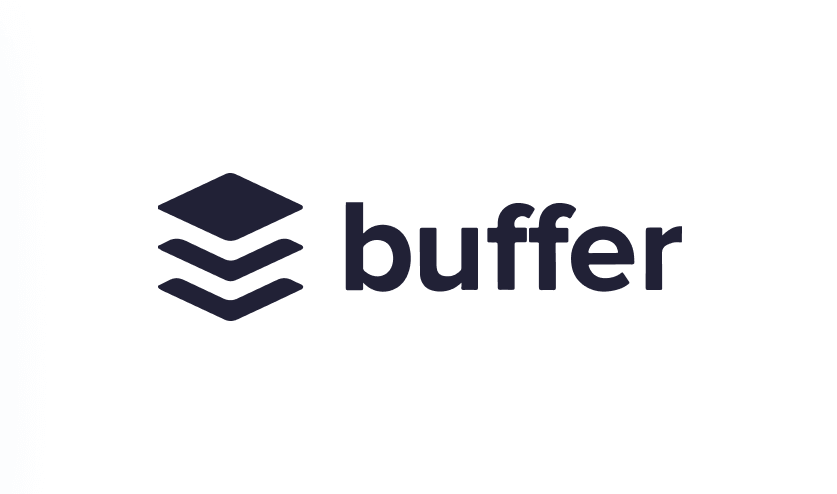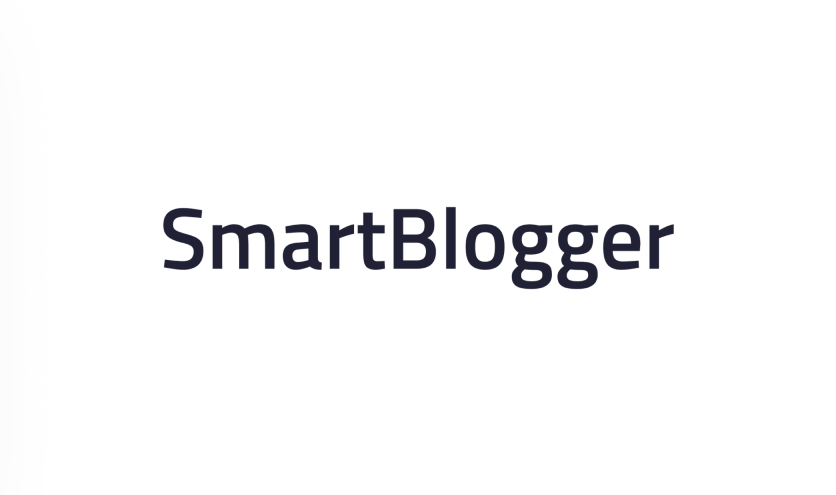How Often to Send Emails: Optimize Your Strategy
Why Email Frequency Can Make or Break Your Marketing
Finding the right email frequency is crucial for successful email marketing. It's a balancing act between staying top-of-mind and overwhelming your subscribers' inboxes. This isn't just about avoiding unsubscribes; it directly affects your deliverability, engagement, and revenue. Your email frequency can either build customer loyalty or make you irrelevant.
The Impact of Email Frequency on Your Results
Your email marketing campaign frequency has a significant impact on several aspects of your business. Sending emails too often can lead to email fatigue, causing subscribers to disengage or mark your emails as spam.
This can hurt your sender reputation and lower your deliverability rates. Fewer emails will reach your intended audience. Conversely, sending emails too infrequently can cause subscribers to forget your brand. This leads to missed opportunities for engagement and sales.
Finding the ideal frequency is key – a perfect balance that keeps your audience engaged without being overwhelming.
The right email frequency can dramatically increase your customer lifetime value. By providing valuable content and relevant offers consistently, you nurture subscribers and encourage repeat purchases.
This cultivates stronger relationships with your audience, turning them into loyal brand advocates. For example, a timely email reminding a customer about a product they viewed can lead to a conversion that might not have happened otherwise.
Email Usage Statistics and Their Implications
The sheer volume of email usage highlights the importance of a well-defined frequency strategy. The number of active email users influences how often you should send emails. In 2025, global email users are expected to reach 4.6 billion. This demonstrates email marketing’s potential as a communication channel.
With 60% of consumers preferring email communication from brands, there’s a solid base for regular, targeted marketing. Furthermore, 88% of email users check their inbox multiple times daily, indicating high engagement. This engagement can be leveraged through regular updates and offers. For more statistics, check out: https://www.omnisend.com/blog/email-marketing-statistics/.
Avoiding the "Spray and Pray" Approach
Sending generic emails to your entire list is ineffective and harmful to your long-term success. Instead, focus on targeted and personalized messages that resonate with specific subscriber segments. This improves engagement and strengthens your brand-audience relationship.
Learn more here: How to Master Email Marketing. Understanding your audience’s preferences, behaviors, and purchase history is crucial. By segmenting your list and tailoring content, you deliver the right message at the right time. This allows you to optimize frequency for each segment, maximizing your impact. This targeted approach ensures your emails are viewed as valuable, not spam.
What Your Subscribers Actually Want (And Why It Matters)
This infographic gives us a helpful visual of industry benchmarks for email marketing frequency, using data gathered from a variety of platforms. It really highlights how important it is to find the right balance when it comes to how often you're emailing your audience. Matching your strategy to your audience is the best way to get them engaged. The data also shows why businesses need to analyze their own data along with these industry standards to make sure their email approach is as effective as possible.
Figuring out the right email marketing frequency can often feel like a shot in the dark, especially for e-commerce businesses. What business owners believe their subscribers want isn't always the reality. This can mean missed chances and, worse, a damaged sender reputation. You might think holding back on emails is better, only to find out your audience actually wants more regular updates and useful content.
Understanding Subscriber Preferences
Information about subscriber tolerance can be surprising. This means understanding what your subscribers really want is extremely important for email marketing success. Some people might be happy with daily emails, while others prefer less contact. Things like age, industry, and what someone has bought in the past all play a part in what feels like "too much" versus "just right." There's no single perfect answer; you have to understand the specifics of your audience.
Knowing consumer preferences is crucial for deciding how often to send email marketing campaigns. Surveys show that 61% of subscribers prefer weekly promotional emails, and 38% are open to even more. This tells us that many consumers are happy to hear from brands regularly. But you still have to find the right balance so you don't overwhelm them. For example, 28% of subscribers like seeing promotional offers two or three times a week. The best time to send is also important. While 11 AM is a popular sending time, 12 AM surprisingly shows the highest click-through rate. Want to learn more? Check out these 100 Compelling Email Statistics.
To further understand these preferences, let's examine this table:
Email Frequency Preferences by Subscriber Type Comparison of preferred email frequencies across different subscriber segments and demographics
This table demonstrates how segmenting your audience allows you to tailor email frequency for optimal engagement. New subscribers, with lower tolerance, benefit from fewer emails, while loyal customers welcome more frequent communication. This targeted approach helps manage expectations and improve overall engagement rates.
The Psychology of Email Fatigue
Ever felt buried under a mountain of emails? That's email fatigue, and it's a real issue for marketers. It's not just the number of emails, but also whether they're relevant and useful. If your content isn't interesting, open rates drop, unsubscribe rates rise, and you might even get flagged as spam.
Email fatigue is also tied to how valuable people find your emails. If subscribers consistently get something useful out of your emails, they'll tolerate more of them. It's like a favorite TV show; you're excited for the next episode. But if your emails feel like junk mail, even one a week is too much. This emphasizes how important targeted content and list segmentation are.
Real-World Examples of Success
Some brands succeed with daily emails, while others struggle with weekly ones. The difference? Knowing your audience and giving them real value. A daily deals site can send daily emails with limited-time offers because that's what subscribers expect. But a B2B software company might do better with a monthly newsletter with deep industry insights.
A clothing retailer, for instance, can segment their list based on past purchases and what people have looked at on their site. Frequent buyers might like daily or weekly updates on new items. Those who only shop during sales might prefer less frequent emails focused on promotions. This targeted approach avoids email fatigue and boosts engagement. The secret is finding the right balance between frequency and value to build strong, long-term relationships with your subscribers.
Industry-Specific Frequency Strategies That Actually Work
Email marketing is a powerful tool, but its effectiveness hinges on getting the frequency right. A strategy that works wonders for one industry might fall flat in another. Understanding your audience and industry benchmarks is crucial for optimizing your email cadence and achieving your marketing goals.
E-Commerce: Striking the Right Balance
E-commerce thrives on a faster pace. Think daily or weekly emails showcasing new arrivals, flash sales, or personalized recommendations. These frequent touchpoints can effectively drive conversions and keep customers engaged with your brand.
However, there's a fine line between engagement and overload. Bombarding subscribers with too many emails can lead to unsubscribes and damage your brand reputation. Finding that sweet spot is key. For more insights, check out this article on e-commerce email marketing strategy.
B2B: Less Is More
B2B email marketing often takes a different approach. Instead of frequent promotions, B2B companies typically benefit from a more measured cadence. Monthly newsletters featuring valuable industry insights, case studies, or product updates tend to resonate better with B2B audiences.
This is largely due to the longer B2B buying cycles. Subscribers in this space prioritize quality content and relationship building over constant sales pitches. Providing insightful information helps establish trust and position your brand as a thought leader.
Other Industries: Finding Your Rhythm
Different industries have unique rhythms. Healthcare providers might send weekly wellness tips. Financial institutions could opt for monthly market updates. Professional services firms might find success with quarterly newsletters. The key is to tailor your email frequency to your target audience's specific needs and expectations.
Seasonality: Adapting to the Calendar
Seasonality plays a significant role in email frequency. During peak seasons, like holidays for retail, increasing email volume can be effective. This allows businesses to capitalize on heightened customer interest. Conversely, scaling back during slower periods prevents email fatigue and maintains engagement. Regularly evaluating and adjusting your strategy based on seasonal trends is essential.
Analyzing Performance Data
Data is your best friend. Metrics like open rates, click-through rates, and unsubscribe rates provide valuable insights into your email frequency's effectiveness. Low open rates could indicate sending too frequently or irrelevant content. High unsubscribe rates are a clear sign of email fatigue. Continuously monitoring and adjusting based on data helps maximize engagement and return on investment.
Smart Segmentation for Personalized Email Frequency
The most successful email marketers understand that a one-size-fits-all approach just doesn't cut it. Instead, they use smart segmentation to personalize email frequency. This ensures the right message reaches the right subscriber at the right time, maximizing engagement and minimizing unsubscribes.
Segmenting by Engagement
Segmenting your email list by engagement level is a highly effective strategy. Think of it like tending a garden: some plants thrive with frequent watering, while others prefer a less is more approach. Your highly engaged subscribers, the ones consistently opening, clicking, and interacting with your emails, can likely handle a higher frequency.
On the other hand, subscribers showing signs of declining interest may benefit from a less frequent cadence. Reducing how often they receive emails can rekindle their engagement and prevent them from unsubscribing altogether. A subscriber who hasn't opened an email in months might appreciate being moved to a lower frequency segment or even a targeted re-engagement campaign. This personalized touch goes a long way in improving the subscriber experience.
Segmentation Based on Purchase Behavior
Past purchases provide valuable clues about subscriber preferences. Frequent buyers might appreciate regular updates about new products or exclusive offers. However, those who only purchase during sales might prefer less frequent, more targeted promotional emails.
For instance, imagine a clothing retailer segmenting their list based on purchase history. Frequent buyers might receive weekly new arrival emails, while occasional shoppers receive less frequent emails focused on promotions. This tailored approach maximizes relevance and prevents subscribers from feeling overwhelmed.
Leveraging Subscriber Preferences and Automated Systems
Giving subscribers control over their email experience is crucial. Preference centers allow them to choose how often they hear from you. This empowers subscribers and reduces the likelihood of unsubscribes.
Furthermore, automated systems like those offered by Klaviyo can dynamically adjust sending frequency based on real-time behavior. If a subscriber consistently ignores your emails, the system can automatically reduce the frequency or pause sending, preventing email fatigue and protecting your sender reputation. This proactive approach fosters stronger, healthier subscriber relationships.
To illustrate this concept and provide a strategic starting point, consider the following framework:
Frequency Segmentation Framework Strategic approach to segmenting subscribers for optimal email frequency based on engagement and behavior patterns
This table provides general guidelines. Remember, the key is to test and refine these recommendations based on your audience’s unique behavior and preferences.
The Benefits of Dynamic Segmentation
Building dynamic segments that adapt to your subscribers’ evolving behavior is essential for long-term email marketing success. These segments automatically adjust based on changing preferences, ensuring your email frequency stays relevant.
Real-World Results
Smart frequency segmentation has proven highly effective for many brands. Some have reported engagement increases of up to 40% by simply tailoring their email frequency to different subscriber segments. This underscores the impact of personalization on email marketing success. By sending the right message at the right time to the right person, you maximize your impact and build stronger customer relationships.
Testing Your Way to the Perfect Email Frequency
Knowing how often to connect with your subscribers through email marketing can be tricky. Are you overwhelming them with too many messages, or are you missing out on opportunities by sending too few? This section provides a framework for testing and optimizing your email frequency using data-driven methods.
A/B Testing For Frequency Optimization
A/B testing is a powerful tool for optimizing email frequency. It involves sending different versions of your campaigns to different subscriber segments. For example, one group might receive emails twice a week, while another receives them weekly. Analyzing the results reveals which frequency performs best for each segment.
This moves you beyond guesswork and into data-backed decision-making based on real subscriber behavior. Consider factors like seasonal variations and subscriber lifecycle stages when designing your tests. Your ideal frequency might be higher during holidays and lower during the off-season. New subscribers might respond better to more frequent communication than long-term subscribers.
Metrics That Matter
While open rates offer some insight, they don’t tell the whole story. Focus on metrics like click-through rates, conversion rates, and revenue per recipient. These metrics provide a clearer picture of your email frequency's impact on your bottom line. A high open rate with a low click-through rate could indicate captivating subject lines but irrelevant content. Prioritize the metrics that drive sales.
For example, if your goal is increased sales, revenue per recipient is your key metric. Testing different frequencies and measuring their impact on this metric helps identify the frequency that maximizes your sales. Also, monitor unsubscribe rates. A spike in unsubscribes after a frequency increase suggests you're sending too frequently.
Interpreting Results and Avoiding Common Mistakes
When interpreting A/B test results, consider segment-specific responses. What works for one group may not work for another. Engaged subscribers might welcome daily emails, while others prefer a weekly or bi-weekly cadence. Check out our guide on How to Master Email Marketing Automation for Ecommerce.
Avoid common testing pitfalls like short testing periods or small sample sizes, which lead to inaccurate results and poor decisions. Ensure you have enough data to confidently determine the winning frequency.
Advanced Strategies: Multivariate Testing and Statistical Significance
For advanced optimization, explore multivariate testing. This involves testing multiple frequency changes concurrently. You could test different combinations of frequency, content, and send times to pinpoint the optimal mix.
Understanding statistical significance is crucial. This ensures your results aren't due to random chance. Statistical significance calculations help determine when you have enough data to confidently implement frequency changes across your entire list.
Ongoing Optimization and Adaptation
Finding the ideal email frequency is an ongoing process. Continuously monitor your results, adapt your strategy based on evolving subscriber behavior, and regularly re-test your frequency. This keeps your email marketing effective and relevant. You might be interested in: How to Master Email Marketing Automation for E-commerce. This ensures you're always sending the optimal number of emails to maximize your results.
Keeping Your List Healthy and Engaged Long-Term
Even the most loyal subscribers can fall victim to email fatigue. Maintaining a healthy email list requires proactive frequency management. This means spotting the signs of fatigue before they damage your deliverability and having recovery strategies ready when you've overdone it with your email sends.
Recognizing the Signs of Email Fatigue
How can you tell if your subscribers are experiencing email fatigue? Here are some key indicators:
Decreased open rates: A steady decline in open rates over several campaigns suggests subscribers are tuning you out.
Lower click-through rates: If subscribers open your emails but aren't clicking links, it indicates a disconnect between your content and their interests.
Increased unsubscribe rates: A sudden jump in unsubscribes is a strong sign you're sending too many emails or your content isn't hitting the mark.
Higher spam complaints: Subscribers marking your emails as spam seriously hurts your sender reputation and can impact deliverability.
For example, let's say you send a daily promotional email to your entire list. Initially, your open and click-through rates are great. But then, you see a steady decline in both, coupled with a rise in unsubscribes and spam complaints. This is a clear sign you need to adjust your email strategy.
Implementing Preference Centers
Giving subscribers control over their email experience is essential. Preference centers let subscribers choose what types of emails they receive and how often. This respects their preferences, reduces unsubscribes, builds trust, and strengthens your relationship with your audience.
With a preference center, subscribers can customize their experience. They might choose daily, weekly, or monthly email updates. This benefits everyone: subscribers receive content at their preferred frequency, and you avoid overwhelming them.
Automating Engagement Detection
Automating your email frequency based on engagement can dramatically improve your subscriber relationships. You can set up automated systems that detect declining engagement. These systems can automatically reduce email frequency or pause sending for inactive subscribers. This prevents email fatigue and protects your sender reputation.
Imagine a system that monitors each subscriber's activity. If they haven't opened your emails in a few months, the system automatically moves them to a lower frequency segment or triggers a re-engagement campaign.
Crafting Effective Win-Back Campaigns
Even when subscribers disengage, you can often win them back with targeted campaigns. Win-back campaigns rekindle interest without contributing to inbox clutter. These campaigns might offer exclusive discounts, showcase new products or services, or simply remind subscribers of the value you offer.
Time these campaigns strategically and personalize them for maximum impact. Offering a discount or highlighting content relevant to their past purchases can re-engage subscribers. Also, give them the option to update their preferences through your preference center.
Learning From Real-World Examples
Many companies have successfully recovered from email frequency missteps by using these strategies. By examining their approaches, you can learn effective list management techniques that benefit both your sender reputation and your subscriber relationships.
Some companies have seen significant gains in engagement and revenue by implementing preference centers and automated frequency adjustments. Their success stories demonstrate the importance of proactive list management.
Maintaining Optimal Engagement Over Time
Maintaining a healthy email list is an ongoing process. Regularly track key metrics, adapt your strategy based on subscriber behavior, and use the data to improve your email frequency. Consider creating checklists to ensure you consistently evaluate list health and maintain optimal engagement. This proactive approach will foster a thriving email marketing program and drive long-term success.
Key Takeaways
Your actionable roadmap for mastering email frequency begins with understanding that there's no magic number. The ideal frequency hinges on several factors, including your industry, audience preferences, and the type of content you deliver. This section offers a framework for finding that sweet spot, combining data-driven testing with practical steps.
Getting Started: Defining Your Baseline
Before diving into testing, establish a starting point. Analyze your current email marketing performance data. What are your open, click-through, and unsubscribe rates? This initial assessment creates a benchmark to measure against as you experiment.
Action Item: Review your email marketing metrics from the past quarter. Look for trends or patterns in subscriber engagement.
Implementing Testing Protocols
Begin A/B testing different email frequencies. For instance, send one group emails twice a week and another group weekly. Track key metrics like open rates, click-through rates, conversions, and revenue per recipient. Don't just look at opens; prioritize metrics tied to your business goals.
Action Item: Set up an A/B test comparing two different email frequencies. Monitor the results for at least two weeks.
Measuring Success: Beyond Open Rates
Open rates offer some insight, but they don't tell the whole story. For e-commerce businesses, revenue per recipient is crucial. For lead generation, focus on conversion rates. Choose metrics that reflect your goals and measure how different frequencies impact them.
Action Item: Identify the key performance indicators (KPIs) that align with your email marketing objectives. Track these KPIs during your testing.
Tailoring Your Approach: Industry Benchmarks
Consider industry best practices as a guide, not strict rules. E-commerce brands might send more frequent emails, while B2B companies often send less frequent, more in-depth newsletters. Adapt these benchmarks to your audience and business model.
Action Item: Research email marketing frequency benchmarks in your industry. Use this information to inform your initial testing.
Warning Signs: Identifying Email Fatigue
Watch for signs of email fatigue, including decreased open rates, lower click-through rates, increased unsubscribes, and higher spam complaints. If you see these red flags, re-evaluate your frequency.
Action Item: Create a checklist of email fatigue indicators. Regularly review your data to catch these warnings early.
Ongoing Optimization: Adapting and Refining
Finding the right email frequency is an ongoing process. Regularly review your data, adjust your strategy based on subscriber behavior, and retest your frequency periodically. This ensures your email marketing stays effective and aligns with your audience’s preferences.
Action Item: Schedule regular reviews of your email marketing performance. Use the data to refine your frequency strategy and maximize results.
Want to take your email marketing to the next level? Chase Dimond provides expert guidance and proven strategies to help e-commerce businesses maximize their email revenue. Learn more about Chase Dimond's email marketing services.
